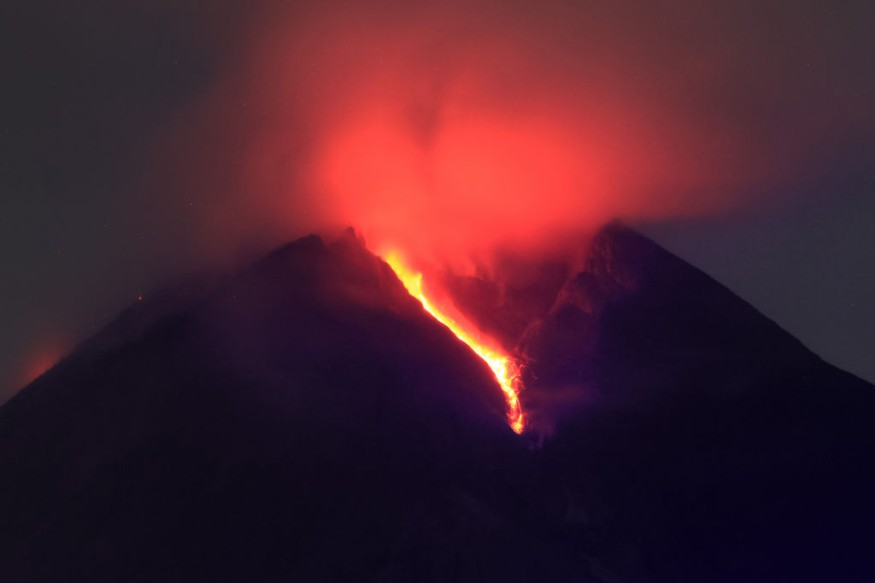Volcanic eruptions are a natural phenomenon that has been around in parallel with the formation of Earth 4.5 billion years ago. Unlike other climatical and geological forces of nature, long-term forecasting of volcanic eruptions is hard to predict.
The underlying factors behind this absence of accurate volcanic eruption prediction are reportedly due to the lack of understanding of the whole picture of the mechanisms of volcanic activity. However, a new study shows there is a chance that we can predict volcanic eruptions just like how we can predict storms.
In the new study, researchers discovered that magma depth under a volcano is determined by water, and this discovery can potentially be used to accurately forecast volcanic eruptions in the future. The finding claims water affects magma and its storage depth under the Earth-before it comes out of the volcano.
Volcanic Eruption

There are approximately 40 and 50 volcanoes around the world currently in a state of volcanic eruption or volcanic unrest, and these volcanic activities pose life-threatening hazards to hundreds of millions of people worldwide, as per Phys.org.
For thousands of years since the dawn of human civilization, recordings of volcanic eruptions are associated with the release of magma and lava, as well as the release of plumes of ash containing toxic airborne particles that are detrimental to the health of animals, humans, and plants.
Volcanic eruptions can also be triggered by increased and significant seismic activity and movement of tectonic plates underneath volcanoes. These known factors contribute to how volcanoes behave but putting water in the equation adds a new perspective on volcanic activity and eruption.
Water and Magma Depth
In the new study published in the journal Science on Thursday, March 10, researchers found magma containing a high amount of water is stored deeper under the Earth's crust. This means that water has the ability to control either the ascent or descent of magma between the volcano and the crust.
The study shows that the so-called "magmatic water content" can control the level or depth of arc magma prior to a volcanic eruption. The findings lead to a new approach on how magma transitions into lava during a volcanic eruption.
Magma and Lava
According to the United States Geological Survey (USGS), the difference between its location with respect between the volcano and the crust. The USGS specified that scientists consider magma for the molten rock underground while lava is the molten rock that reached the Earth's surface.
During an eruption, the magma that comes from the underground is classified into several types: andesitic magma, basaltic magma, and rhyolitic magma. Nevertheless, all magma types are very hot in the form of liquid or semi-liquid rock, according to National Geographic.
The differences between the magma types are based on their chemical, mineral content, and temperature. National Geographic outlined that basaltic magma is high in calcium, iron, and magnesium with a temperature ranging from 1,000 to 1,200 degrees Celsius.
In addition, andesitic magma also has the content of basaltic magma but in moderate levels only. Andesitic magma is said to have a temperature ranging between 800 and 1,000 degrees Celsius.
Lastly, rhyolitic magma has a high content of potassium and sodium but is low in calcium, iron, and magnesium. It has the coolest temperature among the three magma types with a temperature spanning from 650 to 800 degrees Celsius.
© 2025 NatureWorldNews.com All rights reserved. Do not reproduce without permission.





